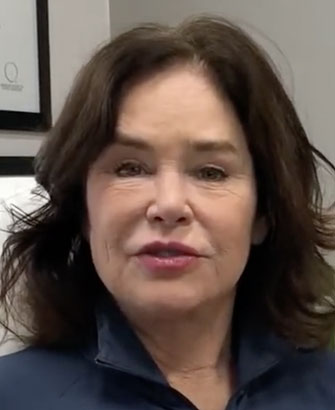Fat Transfer
If you have been considering giving more volume to your features, but are not quite comfortable with the idea of injecting foreign materials into your body, then a Fat Transfer in Grand Rapids could be perfect for you. Not only will you be able to have a fuller, more youthful look, but you can also take away excess fat from other areas of your body to create your ideal appearance. At Advanced Plastic Surgery, we strive to create the best results from a Fat Transfer for our patients in the area. If you are interested in the idea of this treatment, we encourage you to continue reading below.

The Center for Excellence in Fat Grafting
Advanced Plastic Surgery remains at the forefront of aesthetic and reconstructive surgery through continuous research and innovation. Based on laboratory and clinical investigations, Dr. Timek has developed techniques and protocols that provide optimal fat graft take and best possible outcomes, resulting in multiple presentations at regional and national meetings and several peer-reviewed publications in top plastic surgery journals. Uniquely, Dr. Timek serves as the Associate Editor for the Annals of Plastic Surgery Journal, the only independent journal devoted to plastic surgery, which serves as a forum for current scientific and clinical advances in the field and a sounding board for ideas and perspectives on the future of the field of plastic surgery. Dr. Timek’s scientific engagements, research and vast clinical experience, particularly in fat grafting, has established a reputation of Excellence in Fat Grafting. Our Center for Excellence in Fat Grafting, is supported by the most modern technology available at our Globally Accredited Surgery Center. Advanced Plastic Surgery provides fat grafting to the face, breasts, and body. Popular procedures include but are not limited to Facial LipoSculpting, Brazilian Butt Lifts, and Breast Augmentation using Fat Transfer.


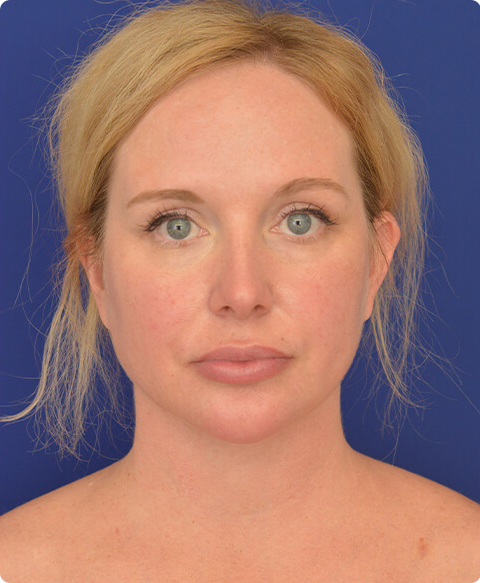

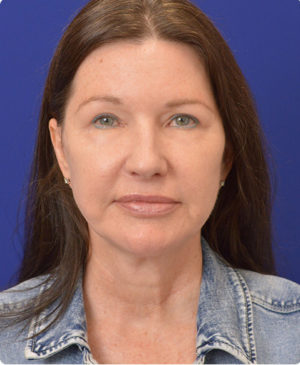

What is Fat Transfer?
We all have it in one place or another on our bodies. Whether or not we want it and appreciate it, fat is a crucial part component of our bodies’ necessary functions. Fat cells or adipocytes have the main function of storing lipids and triglycerides, and they also contain multipotent cells. However, an excess of fat cells can also negatively influence health overall, congesting arteries, raising the risk for diabetes, and causing other diseases. A balance must be maintained between healthy and unhealthy fat. Fortunately, medicine has found diverse uses for unwanted fat cells, including fat grafting or fat transfer from one part of the body to another. At Advanced Plastic Surgery we specialize in fat transfer techniques to the face, neck, breast, belly, and many other places for the treatment of various imperfections or contour deficiencies.
Fat transfer is a two-step process. First, the donor fat is harvested via liposuction while the patient is under anesthesia. Depending on the area to be grafted, the harvest of fat can be conducted under oral sedation, like for facial rejuvenation, or general anesthesia for breast or buttock enhancement. Donor sites most commonly include the belly, thighs, buttocks, or even arms. The fat is then processed and filtered to be reinjected into another part of the body. Fat transfer is a procedure that requires precision. Each pass of the fat graft must be inserted in 2-milliliter ribbons in order for the surrounding blood vessels to grow into the transferred fat globule and keep it alive. If it were to be injected in amounts more than advised, “lakes” of fat would form, and only the outside 1-2 millimeters would be kept alive by blood vessels, leaving the rest of the fatty mass inside to atrophy (die away). These masses of non-living fat are called fat necrosis and can turn into firm lumps or oil cysts that may require to be massaged, drained, or, infrequently, removed. Ultimately, the overwhelming majority of these lumps go away with time. Moreover, based on Dr. Timek’s animal research and clinical experience, even if the fat cells do not live, the structures of the non-living fatty tissue serve as a scaffolding for your own fat cells to grow into, so ultimately necrotic fat becomes your living tissue.
What are the Benefits of Fat Transfer?
With aging, certain areas of your body lose fat becoming flattered, wrinkled, or bony, whereas other areas may develop unflattering fullness. Fat transfer, combined with liposculpting, moves fat from the undesired territory, creating a more defined shape to an area of soft tissue loss, this is usually performed under general anesthesia. Compared with filler, which does not require surgery, the amount of transferred fat required to correct the deformity is much greater than any filler could offer. Additionally, fat transfer uses autologous (your own) tissue, so there is no risk of rejection or allergic reaction associated with a filler, making the result longer lasting and more natural looking.
Who are the Best Candidates for Fat Transfer?
Ideal candidates should be in good health and at a relatively stable weight, but with enough fat in donor areas to produce desired results. They should also be willing to follow pre-operative and post-operative instructions. Patients should have realistic expectations about their outcome from a fat transfer and understand that the procedure may need to be repeated to achieve full (or close to full) volume correction.
Depending on your desired treatment area and cosmetic goals, fat transfer can be approached in several different ways and combined with other procedures to enhance your result. At your consultation for fat grafting, Dr. Timek evaluates your candidacy and determines which fat transfer technique will best suit your particular case.
– Ewa Timek, MD
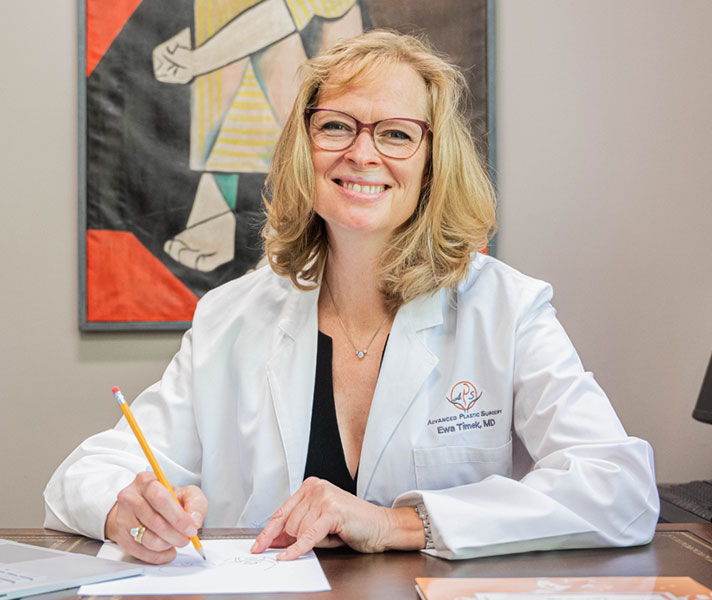
Popular Types of Fat Transfer
Apart from providing added volume and contour to the body, the multipotent stem cells in transferred adipose tissue can differentiate into cells appropriate for a given location, such askeratinocytes, and fibroblasts in the skin! The skin overlaying the place where the fat transfer occurred, therefore, becomes reinvigorated with new cells and provides an additional rejuvenating effect.
Fat transfer is like hitting three birds with one stone – not only do you get slimmer in one place, but another becomes fuller and the skin appears brighter and younger. Below, we’ve included three of the most popular types of fat transfer:
1. Aesthetic Enhancement
With age and time, the natural layer of fat beneath our skin, also called the subcutaneous tissue, begins to atrophy (die away) and succumb to the nature of gravity. As a result, our skin begins to sag because it no longer has a soft cushion to support itself. Wrinkles, sunspots, and various imperfections become apparent. There can also be a hollow or bony appearance associated with fat loss which ages the body and face. Fat transfer from one part of the body to another can counteract these effects.
Rejuvenation of Face — The face is the most immediate reflection of age observable in a person. The usual suspects include the lines in between the eyes (glabella), around the eyes (periocular), thinning of the lips, and prominent boniness in the nose, cheeks, and forehead. The jawline, chin, and nasolabial folds (lines from the sides of the nose to the lips) can also give away signs of aging due to deficiencies in volume. Dr. Timek recommends taking fat from the belly, thighs, or even under the chin to return the volume to deficiencies in the face.
We are all conscious of the appearance of our faces, so it is important to allow proper downtime for the bruising from injections to subside and the fat to settle into its proper place. One of the benefits of fat transfer to the face is that it’s a great practical alternative to hyaluronic acid volumizers. Though they have the same volumizing effect, fillers are broken down by the body’s natural hyaluronidase enzymes in the skin after 3-4 months, depending on the brand or product. Not only are cosmetic fat transfers most cost-effective, but they are permanent for those patients who desire long-lasting results.
Body — The versatility of fat transfer can correct deficiencies in body contouring as well. Anything from thighs, arms, and buttocks can be plumped and volumized with fat. Buttock enhancement with fat is also called Brazilian Buttock Lift is a very effective way to shape and augment the contour of your buttocks.
Breast — Breast augmentations have traditionally been performed with silicone or saline breast implants of various sizes, textures, and brands. However, recent advances in medicine have turned away from synthetic implantation towards the natural option of fat grafting. The only downside to fat transfers of large volumes is that not all the volume can be injected at once. Surrounding blood vessels would not be able to grow as deeply and thoroughly before the fat died if injected in large amounts. Therefore, breast enhancements take 2-3 procedures to gradually introduce fat to the body without necrosis.
2. Scar Management
They’re like little permanent reminders of all the trips, accidents, and hard experiences in our lives. Scars are lesions in our skin that are healed with a layer of fibroblasts and collagen which appear different than the rest of our surrounding skin. While some can be empowering reminders of certain experiences (badge of courage), others appear aesthetically displeasing. These scars include a class of injuries where tissue has not healed evenly, and the scar appears deepened due to a missing layer of tissue under the repaired skin. Whether from surgery or an injury, scar management is an attractive option to many people, and fat transfer is also a viable option for treatment.
Combinations with Laser — Lack of tissue underneath a scar most often necessitates fat transfer supplements. Fortunately, the multipotent cells within adipose tissue can differentiate into skin cells. This minimizes the appearance of the scar from underneath, not only volumizing the skin around it. The therapeutic benefits of lasers can also be combined with fat transfer. Lasers machines that produce concentrated light energy are designed to resurface the skin, remove pigmentation, smooth wrinkles, and induce healing mechanisms within scars. Introducing a laser to scar management techniques can be an effective way of tackling the scar from above as well as from below with fat transfer!
Acne — Fat transfer is an excellent and probably the only way of filling in acne scars or “pits” on the face and neck. The pockmarks are evidence of trauma to the deeper layers of the skin by acne. While the skin heals, it produces collagen, forming a type of scar tissue that mismatches the surrounding skin in the form of small divots. However, it is correctable with the fat transfer which is usually coupled with subcission. Subcission is a technique to sever the scar holding the bottom of an acne pit down. Once this tethering scar is transected, it releases the pit and allows it to become even with the surface of the skin. However, the space created by subcission will close down by the process of scarring recreating the pit again if not filled with fat. Therefore, subcission always needs to be coupled with the transfer of fat or filler. The results of treatment combining subcission, fat transfer, and possibly laser and/or microneedling radiofrequency can be dramatic and very permanent. The texture is reduced, skin tone evens, and the multipotent cells within fat recreate the skin!
If the pitting is not as dramatic as to necessitate fat transfer, reduction in pockmarks is achievable through microneedling radiofrequency, a therapy that stimulates the rebuilding of collagen and elastic fibers within the lower layers of the skin through radiofrequency energy. This can also be used as a post-fat transfer option to further enhance and repair the skin.
3. Reconstruction
Treatment of breast cancer can cause permanent damage to the breasts and even necessitate removal. This can be a devastating blow to femininity and the overall appearance of the body. However, there exist many reconstructive options including tissue expanders, implants, and fat transfer.
To re-volumize the breasts using fat transfer, fat is harvested from fat-rich places, usually the belly, thighs, or buttocks. The fat is reinserted in 2-milliliter ribbons into the breast to ensure blood vessel colonization. However, to ensure the survival of the fat, the entire intended volume of the breast cannot be injected at once. The patient must be ready to undergo 2-3 procedures to fill the breast to a proper amount. Once the fat is inserted, the breasts will maintain a very natural feeling, and unlike implants, they will lose and gain weight with you!
Fat transfer can also be performed on patients who have most of their breasts intact but desire additional volume post-breast cancer treatment. The important thing is to have enough existing tissue to supplement a drastic increase in volume. If this is not the case, a tissue expander will be implanted first, filled periodically, and removed once sufficient room is created for the implant/ fat transfer.
The principle remains the same: placing volume into the chest area to construct a breast. Some patients with little existing breast tissue or tight skin necessitate a tissue expander prior to the injection of fat. Tissue expanders are implanted into the breast and periodically filled with fluid over the course of a few months, gradually shaping the chest for future implant and stretching the skin. The device is later removed and replaced with ribbons of fat as mentioned before. The only downside to fat transfers of large volumes is that not all the volume can be injected at once. Surrounding blood vessels would not be able to colonize as deeply and thoroughly before the fat died if injected in large amounts. Therefore, breast enhancements take 2-3 procedures to gradually introduce fat to the body without necrosis.

What’s The First Step?
AT ADVANCED PLASTIC SURGERY
The first step in getting a Fat Transfer in Grand Rapids is to contact Advanced Plastic Surgery and request a consultation with Dr. Timek. During this appointment, you will be able to show her what area you are looking to enhance, where you think you could have the fat removed from, and ask any questions you may have about the procedure. Dr. Timek will ask you about your medical history to ensure that you don’t have anything conditions or are taking medications that could create unnecessary risks or side effects. She will examine the area you’re looking to treat as well as the rest of your body to determine where she feels is best to harvest the donor fat from.
After she has collected all of this information, a procedure plan will be created for you and if you agree with what Dr. Timek creates, you will schedule a date and time with our Patient Coordinator to have your procedure.
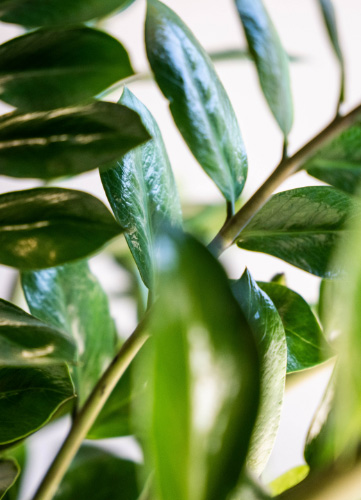
What to Expect on the Day of Fat Transfer
Fat transfer is most commonly performed under general anesthesia. Fat grafting into smaller areas may be suitable for local anesthesia with sedation.
The process of fat transfer starts with gentle and precisely designed liposuction, frequently assisted by the Power-Assisted Liposuction technique (PAL) to increase the effectiveness of fat removal, shaping, and reducing tissue trauma. Liposuction can be performed anywhere there is stubborn or excess fat, but most commonly patients choose to have it removed from the abdomen, flanks, back (through Lipo 360), or thighs.
After the fat is removed, it goes through a process to extract the best fat possible. When the fat is correctly prepared and injected, the fat develops a new blood supply to thrive as a living tissue. This allows the cells to permanently survive to grow and thrive in their new home with old fat cells. Of course, some fat cells are absorbed by the body (anywhere from 10-50%) which is why we take precautions by transferring more fat than is needed to the area. This helps patients achieve the results they are desiring.
Fat Transfer Recovery
You will need a driver to take you home after surgery and a capable adult to stay with you in the post-operative 24 hours. Swelling, which is commonly seen after fat injection, usually resolves within 2-3 weeks and depends on the specific area injected. However, after liposculpting, you need to be patient, as it will take months to see the final results.
Getting Fat grafting in Grand Rapids at Advanced Plastic Surgery is a safe procedure with a two to three weeks recovery period. Approximately 50 to 80% of the transferred fat survives. Sometimes, additional grafting may need to be performed depending on the area.
As with any surgery, fat transfer is not devoid of certain risks. During your consultation, Dr. Ewa Timek will discuss with you the nature of fat grafting and the common risks of the fat transfer procedure. Although the results are long-lasting, weight loss/gain or pregnancy can change your results, and normal aging and gravity may affect your outcomes later on.

AVERAGE COST
how much does Fat Transfer cost in grand rapids?
The cost of Fat Transfer in Grand Rapids is determined by several factors including how much fat is removed, where it is taken from, and where it is injected. The best way to learn how much this treatment will cost for you is to come in for your consultation and speak with one of our Aesthetic team members. After they evaluate your situation and create your treatment plan, our Patient Coordinator will be able to show you how much everything will be with the prices broken down.
Why Choose
Advanced Plastic Surgery
Our Grand Rapids practice specializes in a broad spectrum of cosmetic, reconstructive, and non-surgical procedures. We pride ourselves on providing our patients with the latest, most up-to-date, and evidence-based information to determine the best course of treatment available. Our team is led by Dr. Ewa Timek, a 15+ year board-certified plastic surgeon, who encourages her entire team to deliver comprehensive and sound medical advice in a relaxed, beautiful boutique environment.
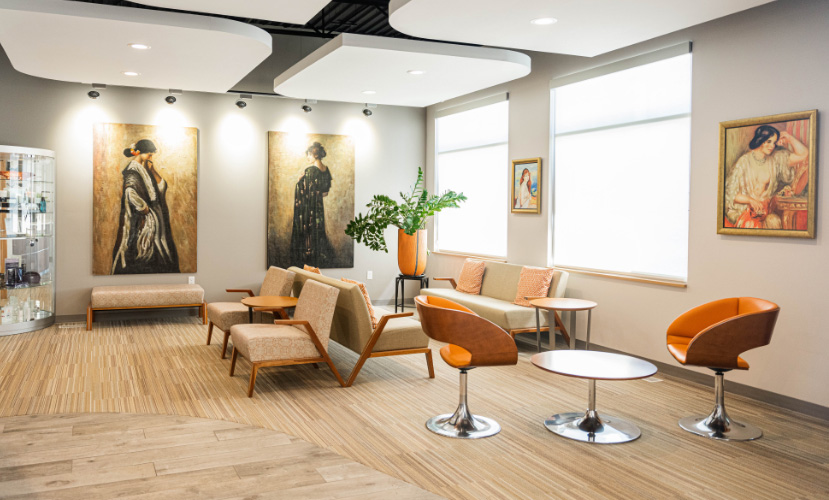
Become a Patient
contact us
If you’re looking for a natural way to enhance facial features and lose some unwanted fat in the process, Fat Transfer in Grand Rapids can be a fantastic solution. Call Advanced Plastic Surgery at (616) 323-3102 to schedule your consultation or request your appointment through our website and a member of our team will be in touch with you.
Patient Resources
Advanced Plastic Surgery
We’re here to help, with a number of patient resources designed to make your experience as comfortable as possible. Read through the materials below, and don’t hesitate to reach out.



